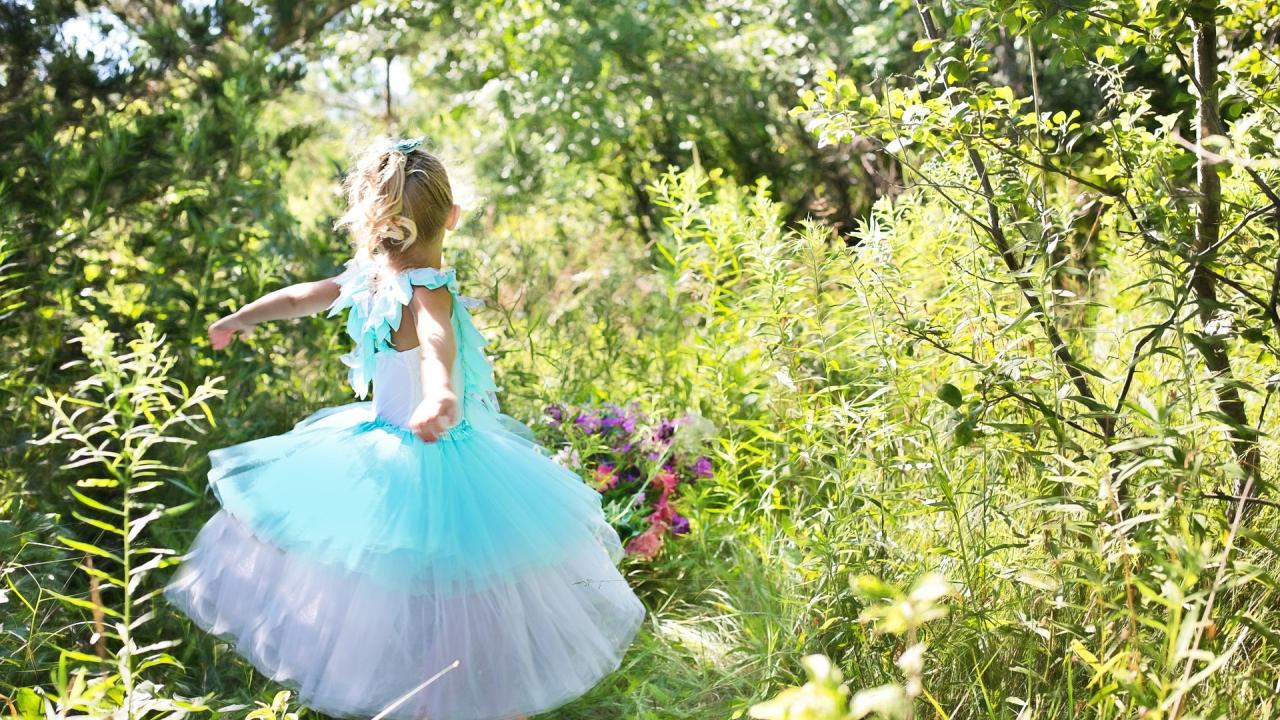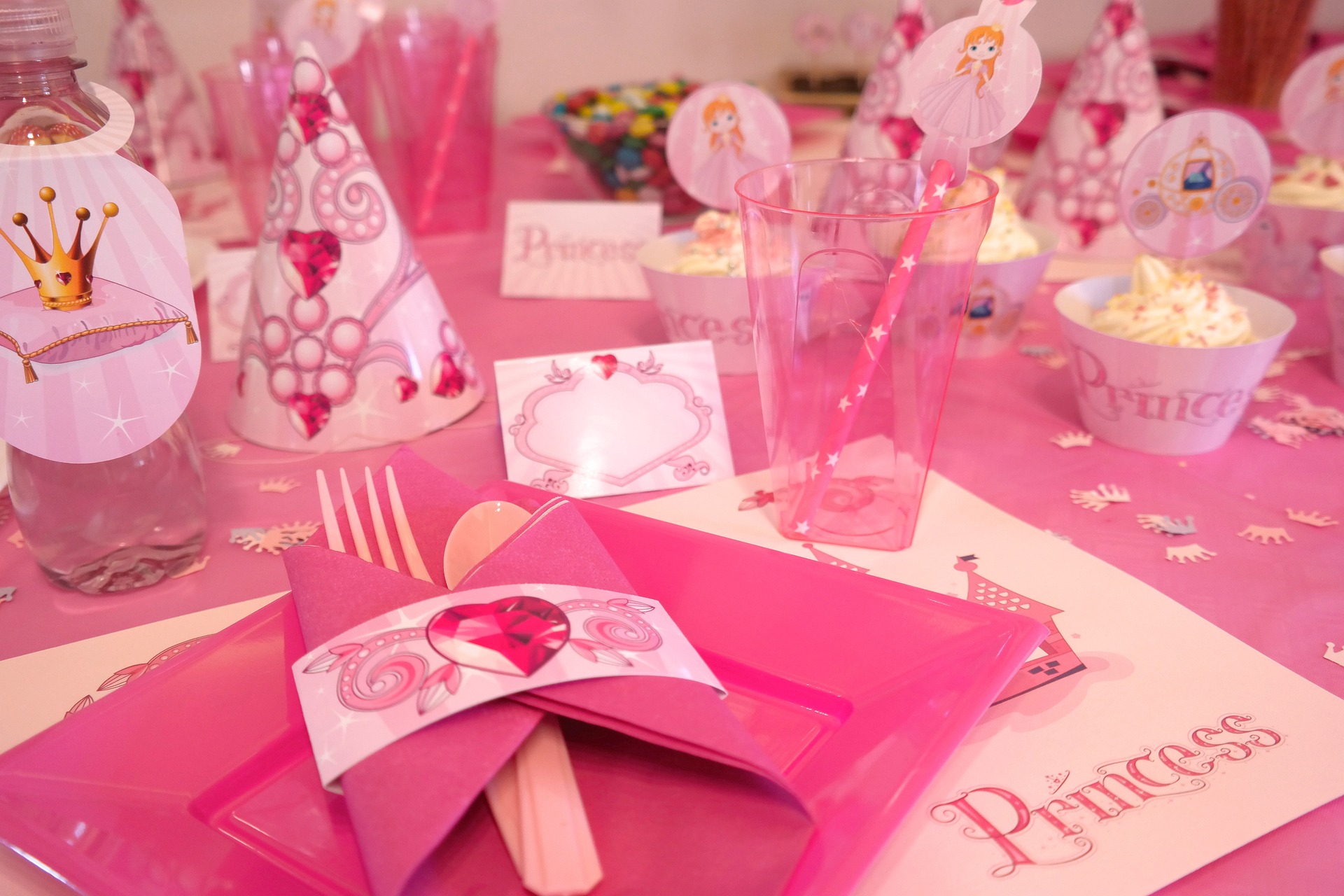
New Research Finds Disney Princesses Can Be Good for a Child’s Self-Image
Children have loved Disney princesses since Snow White and the Seven Dwarves premiered in theaters in 1937. While this adoration continues to grow in terms of film ratings, some parents wonder what effects these idealized images of young women might have on how their children feel about and express themselves.
In new research in the College of Letters & Science at UC Davis, a favorite princess improved—but did not harm—young children's confidence in their own bodies and the diversity of the ways in which they chose to play.
“People are critical of Disney princesses,” said Jane Shawcroft, a doctoral student researcher in the Department of Communication and lead author of the paper published in August. "They say that you shouldn’t let kids watch them because it’s bad for their body image. However, because there is so little female-centered children’s media, we thought that Disney princesses could be good for kids."
Favorite Disney princesses, from Moana to Jasmine
For this study, Shawcroft and her co-authors from Brigham Young University categorized Disney princesses into three body categories: thin, average and above average/heavy. For example, Moana from the 2016 film was coded as having an average body size. Princess Jasmine, from the 1992 film Aladdin, was coded as being thin.
These categories were based on 323 characters across 61 films, and not just princesses. The overall comparison group was all Disney-animated characters in those films.
By far, the most popular princess among both boys and girls in this study was Elsa from the 2013 film Frozen and its sequels. The next most popular princesses were Moana followed by Anna, also from Frozen.
Measuring children’s body confidence and free play
The study focused primarily on how the body type of a favorite Disney princesses affects children’s body esteem, meaning how confident they feel about their own bodies, and their masculine or feminine play. These two criteria—body esteem and gendered play—are parents’ most cited concerns about Disney princesses, said Shawcroft.
The team estimated body esteem by collecting responses from caregivers about how much their children liked or felt good about their bodies. A different assessment quantified children’s masculine or feminine play based on their choice of toys. Play guns, for example, is considered stereotypically masculine. Pretty things and dolls are considered stereotypically feminine.
The study included 340 children and their caregivers who lived in the Denver area. A little over half the children were girls and about 84 percent were White. The team surveyed caregivers first when the children were three years old and again a year later to measure any changes in body esteem and gendered play.
More confidence and diverse play
Whether a princess was average or thin made a big difference in how the children who loved them felt about their own bodies and the way they chose to play. Children whose favorite princesses had an average body—like Moana—had higher body esteem a year later. These children were also more open to exploring play that was both stereotypically masculine and feminine, and this was true for both boys and girls.
These effects were driven by how frequently the children pretended to be princesses when they played. The more a child pretended to be a princess—if their favorite princess had an average and not a thin body—the better they felt better about their own bodies and the more open they were to different types of gendered play.
Shawcroft said part of what might explain these results is that Disney princesses with average bodies are more physically active in their stories.
“They’re running and climbing enormous mountains and fighting things,” said Shawcroft. “For these princesses, their stories are more about what they can do with their bodies than how their bodies look.”
Princesses, thin or not, did not cause harm
An important finding, said Shawcroft, was that having a favorite princess who was thin did not worsen outcomes in terms of body image or gendered play. Children who had a thinner favorite princess showed no change in either area.
Instead, the researchers described the benefits from having a favorite princess who has an average body as a protective effect for the young children who loved them.

“Princesses with average body size creates a protective effect, strengthening how confident children feel about their own bodies and freeing them to play in different ways,” said Shawcroft.
The study didn’t try to understand why children liked some princesses more than others, only the relationship between children’s favorite princesses and how they felt about their bodies and the way they played.
Shawcroft said that Disney princesses matter much more than most people believe, particularly for children—both boys and girls. According to research, about 60 percent of protagonists across all media content made for children are male and often target boys.
“With children’s media, people tend to be critical or dismissive of what kids, especially girls, like,” said Shawcroft. “Disney princesses really matter to young children, and we should also recognize that media centered on women and that tell women’s stories are important.”
Alex Russell, content strategist in the UC Davis College of Letters and Science
